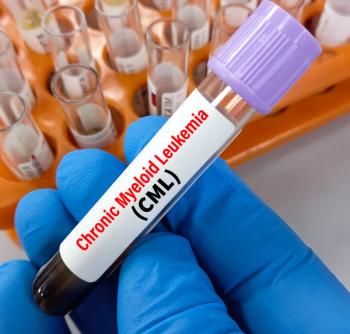
- Volume 0 0
Is Altering Refills a Criminal Act?
Issue of the Case
In this month's case, a Minnesotacourt was asked todetermine when altering thenumber of refills on a prescriptionbecomes a criminal act.
Facts of the Case
The defendant in this casewas the friend of a patient whohad received prescriptions forpenicillin and hydrocodone/acetaminophen following avisit to the dentist. The friendhad accompanied the patientto the dentist and also went tothe pharmacy with her to havethe prescriptions filled.
The pharmacist noticed thatthe number of refills on bothprescriptions had been changedso that "0"refills became "8"refills.The pharmacist called the dentist,who confirmed that he had indicated0 refills on each prescription. Whilethe defendant and the patient werestill in the pharmacy, the pharmacistcalled the police.
The patient told the respondingpolice officer that she was unaware ofany problems with the prescriptions.When the officer queried the defendant,she admitted that she hadaltered the prescriptions when thepatient was not looking because shebelieved that the patient needed moreantibiotics and pain relievers than thedentist had prescribed.
The defendant contacted the policethe next day and changed her story.She claimed that the patient was goingto change the prescription to indicate10 refills, but she advised the patientto make the "0"an "8"instead. Thedefendant only admitted to giving thepatient a pen to make the change andthen simply told her that the alteredprescriptions "looked fine."
The Court's Ruling
The defendant was charged withattempting to procure a controlledsubstance through fraud or deceit. Thetrial court dismissed the case for lackof probable cause. The appellate courtaffirmed the dismissal.
The Court's Reasoning
In dismissing the case, the MinnesotaCourt of Appeals noted that, underthe law, an attempt requires bothintent and a substantial step, beyondthe mere altering of the number ofrefills, toward the commission of acrime. In this case, the presentation ofthe original prescription, if successful,would have resulted in the patientreceiving only the authorized prescribeddose of the medication.
In the court's view, a criminalact would not take placeuntil the defendant made a secondappearance at the pharmacyto obtain an illegal refill.The defendant had the intent toillegally acquire a controlledsubstance, but merely alteringthe number of refills did notyet amount to a substantialstep toward illegally procuringthe drug.
It should be noted that thesame set of facts in anotherjurisdiction could well result ina different decision. The questionthen becomes, at whatpoint in time has a refill-alteringperson done enough tocommit a criminal act? Thiscourt determined that this actwould not occur until a request for anillegal refill was made.
One can well imagine the possiblelegal pressure on a pharmacist whodispenses a prescription that he or sheknows or should have known was notlegitimate under the Controlled SubstancesAct. Yet, the defendant in thiscase suffered no legal consequences.The logic does not follow. What isgood for the goose should be good forthe gander. The risk is such that apharmacist should error on the side ofcaution and refuse to fill a prescriptionthat has been altered, even ifcourts believe that no crime has yetoccurred.
Larry M. Simonsmeier isEmeritus Professor ofPharmacy Law atWashington State UniversityCollege of Pharmacy.
Articles in this issue
over 20 years ago
Antibiotics, Probiotics, and Microfloraover 20 years ago
Calcium: An Essential Mineralover 20 years ago
CAN YOU READTHESE Rxs?over 20 years ago
ECKEL RECEIVES ALUMNI AWARDover 20 years ago
Cancer: Update on Biologicsover 20 years ago
Managing Chronic Pain: An Analysis of the Use of Opioidsover 20 years ago
PHARMACIST'S RIGHT TO CHOOSE?over 20 years ago
Teenage Drug Diversion—Part 2over 20 years ago
Do All SSRIs Interact the Same Way?over 20 years ago
COMPOUNDING HOTLINENewsletter
Stay informed on drug updates, treatment guidelines, and pharmacy practice trends—subscribe to Pharmacy Times for weekly clinical insights.






















































































































































































































